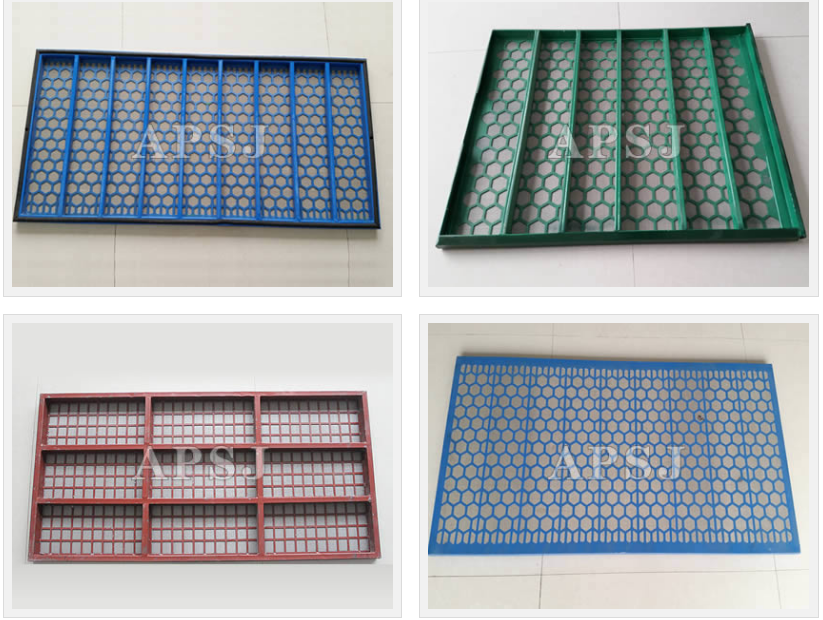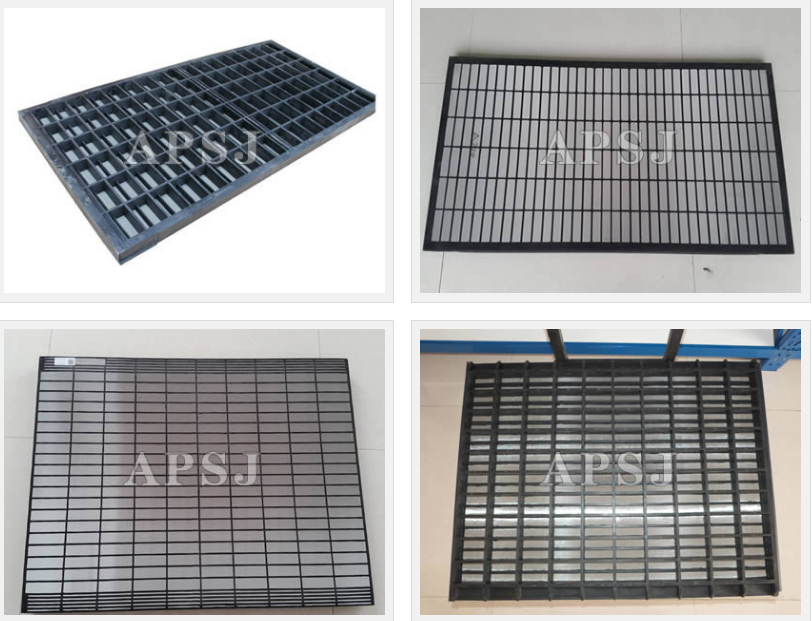After a long-term development of paint classification, there are currently more than a thousand kinds of paints. In the past, the nomenclature of paint classifications was not uniform. In China's chemical industry, coatings are now classified into 18 categories based on their main film-forming substances. In practical applications, we are often used to categorizing according to certain specific properties. For architectural coatings, we usually divide into: 1. Solid paint is classified according to the form of the paint, that is, powder paint liquid paint: solvent paint, water soluble paint, water emulsion paint Second, according to the gloss of the paint, it can be classified into high-gloss or glossy paint, mercerized or semi-fixed paint, matte or matte paint 3. Classification of interior wall paint, exterior wall paint, floor paint, roof paint, ceiling paint, etc. Fourth, according to the paint coating state classification flat paint, sand wall paint, decorative paint containing quartz sand, imitation stone paint, etc. V. Classification of architectural coatings, anti-corrosion coatings, automotive coatings, anti-dew coatings, anti-rust coatings, waterproof coatings, moisturizing coatings, elastic coatings, etc. according to the special properties of coatings Paint tips Paint is an important part of interior decoration. It is prone to some difficult problems and people are helpless. In fact, as long as the cause of the problem is found and the medicine is treated properly, it is not difficult to have a satisfactory result. The following is for paint. Problem, put forward a solution to make it easy for you to peel off the paint during the interior decoration: it may be because the surface is too smooth, if the original paint is glossy or powdery (plus untreated color paste paint), new The paint does not stick well on the surface. Or it may be decayed wood or rusty metal, or some flaking due to poor paint quality. A small area of ​​paint peels off and can be polished with gauze paper, then putty putty, brushed with primer, and then repainted. Large areas of peeling must be stripped of paint and repainted. Paint blistering: first puncture the blisters. If water comes out, it means that there is moisture infiltration under or behind the paint layer. After the sun is immersed, the water evaporates into steam, which will lift the paint skin into bubbles. At this time, first remove the starting paint with a hot air spray gun, let the wood dry naturally, then brush the primer, and finally repaint the entire repaired surface. If there is no water in the bubble, it may be that the wood grain is cracked, there is a small amount of air in it, and the air expands when the sun is exposed, and the patent leather swells. Faced with this situation, first scrape off the blistered paint, then fill the cracks with resin filler, repaint, or no filler, and apply microporous paint directly after scraping the paint. Cracks appear: In this case, the paint must be removed with a chemical paint remover or hot air spray gun, and then repainted. If the fracture range is not large, you can use a sanding block or wet and dry sandpaper to wet the water to grind off the broken paint. After the surface is polished and smooth, apply putty, brush with primer, and then repaint. Paint flowing: The paint is too thick once, it will cause flowing. While the paint is still dry, use a brush to remove the paint. If the paint has begun to dry, wait for it to dry out, smooth the surface of the paint with gauze paper, brush the surface clean, then wipe it with a damp cloth, and then reapply the outer layer of paint to be careful not to brush too thick. Moldy discoloration: This kind of problem occurs mostly on wet paint surfaces, such as when water vapor condenses on glass and metal surfaces, it often produces brownish black stains. At this time, use a fungicide to treat the moldy parts according to the instructions. After the mold is killed, clean the surface and then repaint it. Smudges: There are many reasons for smudges on the surface of paint. For example: the water in the latex paint melts the substance on the wall and rusts out the painted surface, and the wall surface rubbed with steel wool will produce rust spots. Stains etc. appear in the leakage of the hidden pipes in the wall. To prevent stains, you can first apply a layer of primer containing aluminum powder. If stains have occurred, you can remove the latex paint at the stain first. After applying the primer containing aluminum powder, repaint. Loss of luster: The reason is that the primer or the inner layer of the primer is not directly dried before the gloss paint is applied. As a result, the gloss paint is absorbed by the wood and loses its gloss. The bad paint is also a reason. Use wet and dry sandpaper to rub off the old paint, brush off the dust, and clean the surface with a clean wet cloth. After it is dry, repaint the paint. Pay special attention to the fact that when the paint is applied in a very low temperature environment, the paint film may also lose its gloss after it dries. Paint film wrinkling: usually caused by the second pass of paint before the first pass of paint is dry. At this time, the solvent in the lower paint will affect the upper paint film, causing it to wrinkle. In this case, use the chemical mercury removal agent or heating method to remove the wrinkled paint film and repaint. Remember, you must wait for the first paint to dry before you can go to the second time. Rough painted surface: The newly painted surface is rough, usually because the paint brush used is not clean or polluted by the surrounding environment. It is also possible that the paint is mixed with patent leather, which has not been settled or filtered before use, or that the paint has become dusty when it is not dry. To prevent the above problems, clean paint brushes and paint buckets must be used. Before using old paint, be sure to filter it with paint filter paper or clean nylon stockings. In addition, the painted surface should be covered with a cover or cardboard when the paint is not dry to prevent dust. If the paint surface is rough, after it has dried completely, use wet and dry sandpaper to smooth it and clean it, and then repaint it. Pay special attention to the paint brush must be clean. The paint does not dry: the indoor ventilation is not good or the temperature is too low, the paint will dry slowly. At this time, you can open all doors and windows to promote ventilation, or put a heater in the room to increase the room temperature. If the problem is still not resolved, the painted surface may be greasy. At this time, the paint can be removed by chemical paint remover or heating, and the surface is thoroughly wiped and repainted. Stick the bug on the paint surface: try to remove the bug when the paint is not dry, and then use the brush to dip a little paint to gently repair the surface. If the paint is dry, you need to wait for the paint film to harden before removing the bugs, so as not to mess up the surface. Dark spots appear on the surface of the painted wood: it may be caused by the unsealed wooden knot before painting. After the sun is exposed to the sun, the wooden knot is heated and the resin oozes from the wooden knot. At this time, the paint can be scraped off with a spatula, and then polished with fine sandpaper until the wood section is exposed. Seal the wood section with the seal paint, and then dry it again before repainting.
Brandt Shaker Screen models: Brandt King Cobra Shaker Screen, Brandt VSM300 (Primary, Scalping, Secondary) Shaker screen,Brandt BLT-50/LCM-20 shaker screen, Brandt 4'X5' Shaker Screen, Brandt Hybrid shaker screen, Brandt D285P Shaker Screen.
Brandt Shaker Screen types also includings steel frame shaker screen and composite frame shaker screen.
1). Steel frame shaker screen main feature as follows:
Brandt Shaker Screen Brandt Shaker Screen,Brandt Oil Shale Shaker Screen,Brandt Shale Shaker Screen,Shale Shaker Screen Anping Shengjia Hardware Mesh Co.,ltd , https://www.oilshakerscreen.com


